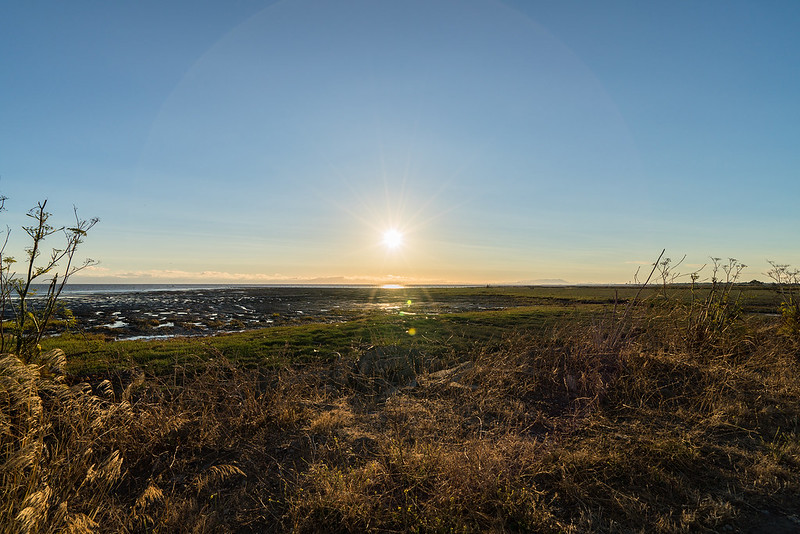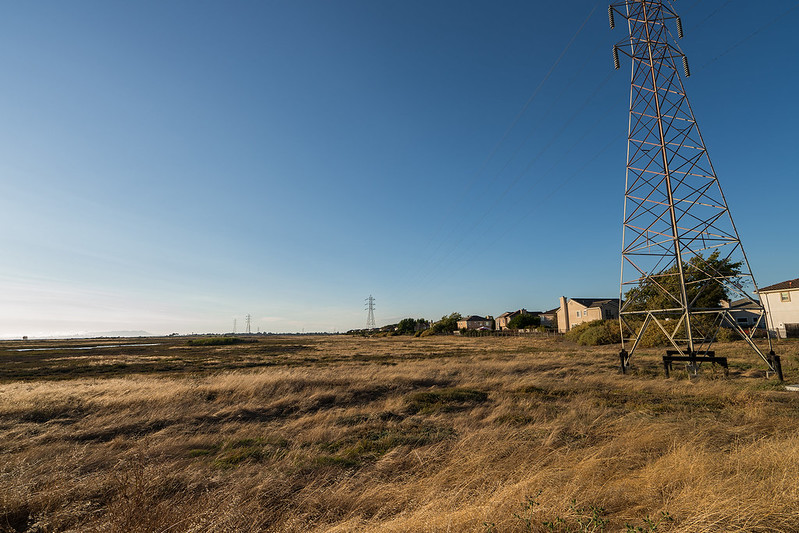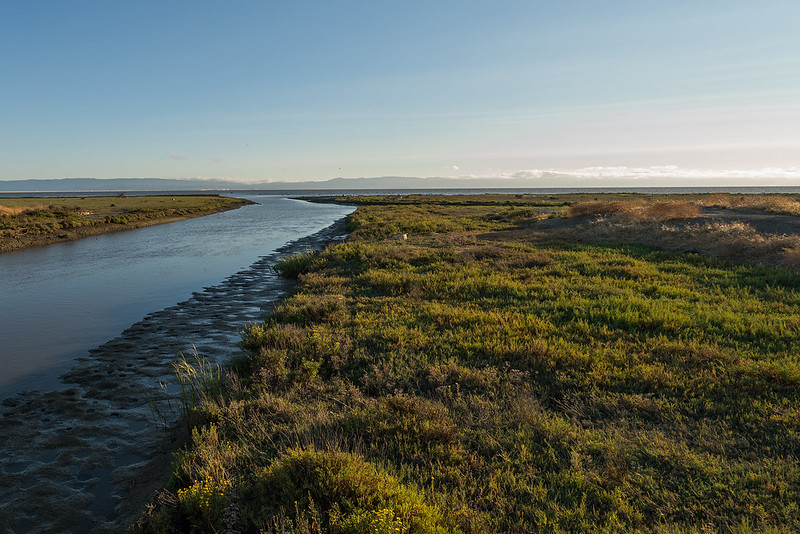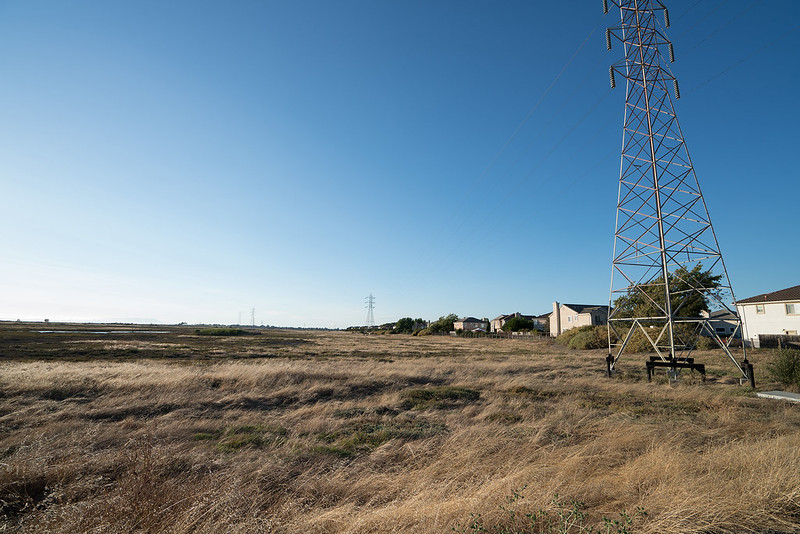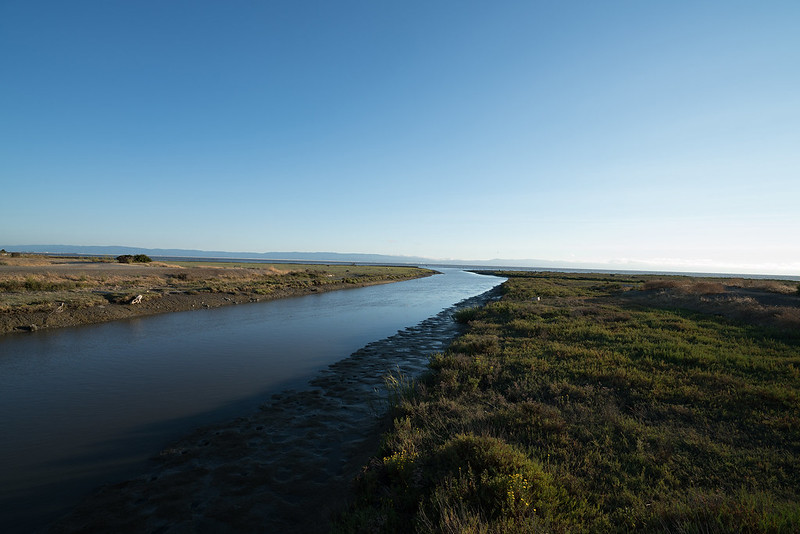heatsinker
Supreme [H]ardness
- Joined
- Feb 4, 2001
- Messages
- 5,479
Ever since the A7 was first announced, it already had my attention: full frame sensor in a compact, lightweight package, what's not to like? However, with all of the negative reports of poor AF performance, relatively high cost and a crappy selection of lenses, I decided to forgo the platform until it matured a little.
I've been shooting with the Nikon D800 since it hit the streets in 2012 and honestly, it's the best camera I've ever owned... apart from its size and weight. This shortcoming made itself obvious during a trip to the Philippines where it not only made it difficult to fit my camera backpack under the seat, it also made me a very obvious target for thieves looking for a guaranteed payday.
Ever since then, I've been a mirrorless advocate; I started with the A6000, which is a fantastic APS-C camera. Despite my satisfaction with the platform, I found myself longing for the high-ISO performance and increased detail of a full frame sensor, so when the a7RII was announced, I knew that my DSLR days were numbered. Fast forward to today and I finally have my hands on the most advanced mirrorless camera available to consumers.
I've only had a chance to play with it for an hour or two since the dwindling light pretty much limits what I can take photos of. Here's a quick summary:
What I like
What I don't like
I'm sure more things will come up as I spend more time with it, but so far, I'm liking it. The D800 and A6000 will probably end up in the FS section soon enough. If anyone has any requests or questions, I will do my best to help!
Pictures of the camera (taken with D800)
http://www.rreactor.com/gallery/a7rii/a71.jpg
http://www.rreactor.com/gallery/a7rii/a72.jpg
http://www.rreactor.com/gallery/a7rii/a73.jpg
Pictures taken with a7RII, ISO 6400, handheld. RAW converted and resized to uncompressed JPEG, no PP done.
http://www.rreactor.com/gallery/a7rii/a74.jpg
http://www.rreactor.com/gallery/a7rii/a75.jpg
I've been shooting with the Nikon D800 since it hit the streets in 2012 and honestly, it's the best camera I've ever owned... apart from its size and weight. This shortcoming made itself obvious during a trip to the Philippines where it not only made it difficult to fit my camera backpack under the seat, it also made me a very obvious target for thieves looking for a guaranteed payday.
Ever since then, I've been a mirrorless advocate; I started with the A6000, which is a fantastic APS-C camera. Despite my satisfaction with the platform, I found myself longing for the high-ISO performance and increased detail of a full frame sensor, so when the a7RII was announced, I knew that my DSLR days were numbered. Fast forward to today and I finally have my hands on the most advanced mirrorless camera available to consumers.
I've only had a chance to play with it for an hour or two since the dwindling light pretty much limits what I can take photos of. Here's a quick summary:
What I like
- The detail, oh the detail and high-ISO performance. The 42MP sensor practically makes up a 1/4 of the surface of the camera, but damn is it worth it.
- Internal 4K video. I'm not much of a videographer, but the ability to take 4K videos is huge plus in my book.
- 5-axis In-body stabilization. While it isn't going to magically negate jittery hands, I've managed to get acceptable photos with shutter speeds as low as 1/15, handheld. It also works to stabilize video footage, small jittery movements are virtually eliminated.
- Silent shutter. It really is silent; I suppose if there were no other noises in the room you'd be able to make out a noise, but in 95% of situations it's virtually silent.
- The size. It's not that much bigger than the A6000. The lenses are a different story, however.
- Improved EVF. I'm not a huge fan of EVFs period, but the a7RII's EVF is considerably improved over the A6000. The displayed image is more accurately rendered and is approaching the quality out of an optical viewfinder.
What I don't like
- Weight. This was the first thing I noticed when I lifted the camera out of the box. If the A6000 were a magazine, the a7RII would be a dictionary. Combined with a lens, this thing is approaching DSLR weight.
- The size. Yes, the smaller size is a great plus, but with a long and heavy lens (like the 16-35mm I have on it) it's incredibly hard to hold the camera with just one hand. Maybe because I have large hands and I can't fully wrap my fingers around the tiny grip, but the thing is very front heavy and tends to lean forward.
- The mode dial lock button. Admittedly, I haven't spent much time on this, but I found it really difficult to push the button down while spinning the dial using only one hand.
- Battery life. The a7RII uses the same battery as the A6000. Sadly, this battery is barely adequate for the A6000 and the a7RII basically makes short work of it, according to the manual, the battery should be good for around 280 shots. Luckily, Sony did include 2 batteries in the box; it doesn't solve the battery issue but it's a VERY welcome addition.
I'm sure more things will come up as I spend more time with it, but so far, I'm liking it. The D800 and A6000 will probably end up in the FS section soon enough. If anyone has any requests or questions, I will do my best to help!
Pictures of the camera (taken with D800)
http://www.rreactor.com/gallery/a7rii/a71.jpg
http://www.rreactor.com/gallery/a7rii/a72.jpg
http://www.rreactor.com/gallery/a7rii/a73.jpg
Pictures taken with a7RII, ISO 6400, handheld. RAW converted and resized to uncompressed JPEG, no PP done.
http://www.rreactor.com/gallery/a7rii/a74.jpg
http://www.rreactor.com/gallery/a7rii/a75.jpg
![[H]ard|Forum](/styles/hardforum/xenforo/logo_dark.png)
